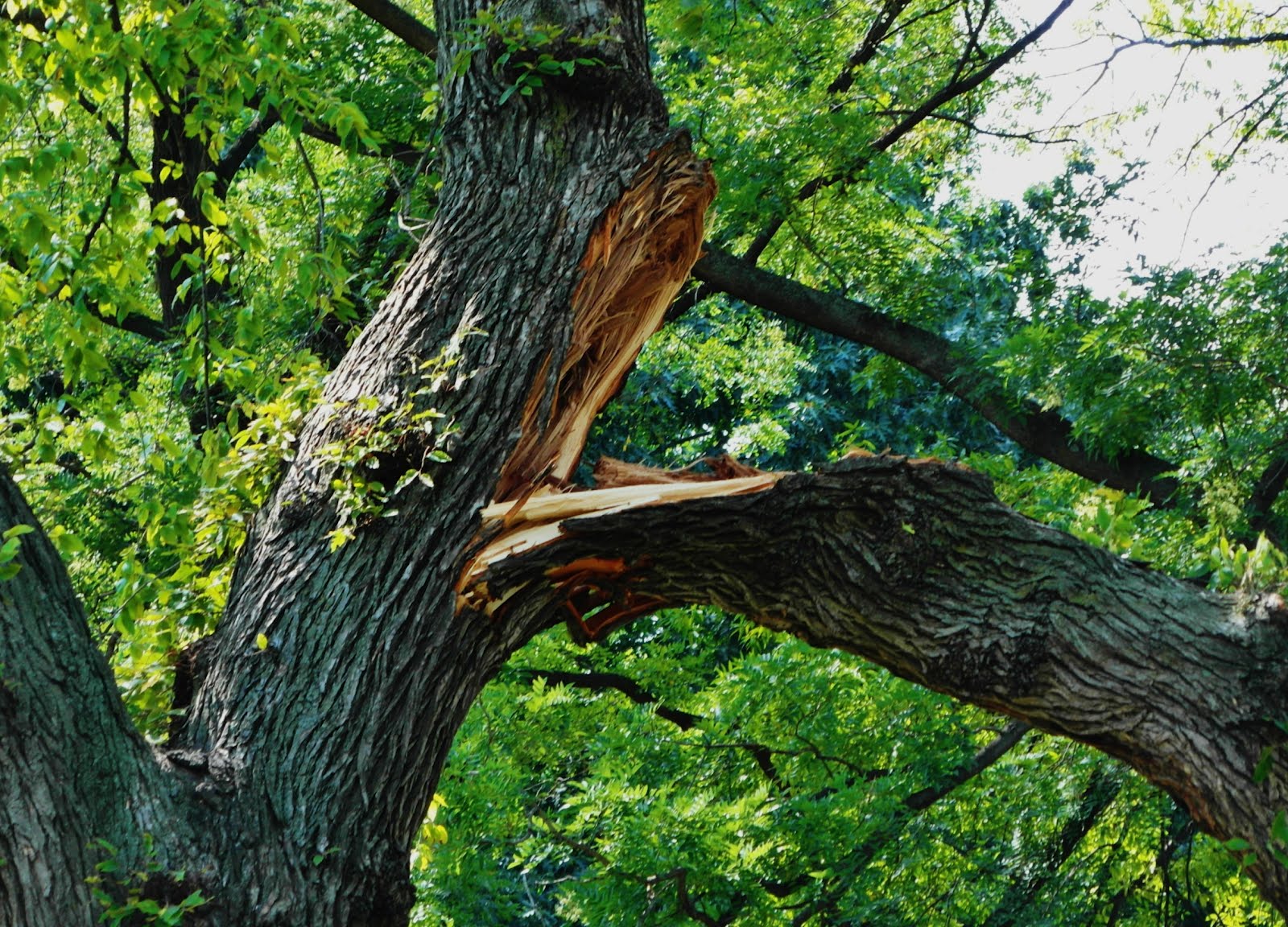Falling branches can pose serious risks to both people and property, making it crucial to understand the causes and prevention methods associated with this natural phenomenon. In urban areas, where trees are often in close proximity to homes and roadways, the threat of falling branches can lead to significant injuries and damage. This article will explore the various factors that contribute to branches falling, effective prevention strategies, and essential safety measures to mitigate the risks involved.
Throughout this article, we will delve into the biology of trees, the environmental conditions that can lead to branch failure, and the importance of regular tree maintenance. Additionally, we will discuss what to do if you encounter a falling branch, including emergency response and reporting procedures. With the right knowledge and awareness, we can create safer environments for ourselves and our communities.
By the end of this article, you will have a comprehensive understanding of falling branches, enabling you to take proactive steps in preventing accidents and enhancing safety. Whether you are a homeowner, a property manager, or simply someone who enjoys spending time outdoors, this information is vital to ensure a safer experience in nature.
Table of Contents
- 1. Understanding Tree Anatomy
- 2. Common Causes of Branch Failures
- 3. Preventive Measures for Falling Branches
- 4. The Role of Tree Maintenance
- 5. Safety Measures During Storms
- 6. Emergency Procedures for Falling Branches
- 7. Reporting Dangerous Trees
- 8. Conclusion and Final Thoughts
1. Understanding Tree Anatomy
To understand why branches fall, it is essential to familiarize ourselves with the basic anatomy of trees. Trees are composed of several parts, including:
- Roots: Anchor the tree and absorb water and nutrients.
- Trunk: Supports the tree and transports nutrients and water.
- Branches: Extend from the trunk and hold leaves and flowers.
- Leaves: Facilitate photosynthesis and provide energy to the tree.
Branches are critical for a tree's survival, but they can also be vulnerable to various stressors that can lead to failure.
2. Common Causes of Branch Failures
Several factors can contribute to the failure of tree branches, including:
2.1. Environmental Factors
- Wind: Strong winds can exert significant pressure on branches, especially during storms.
- Heavy Rain: Excessive rainfall can saturate the soil, leading to weakened root systems.
- Snow and Ice: Accumulations of snow and ice can add weight to branches, causing them to snap.
2.2. Biological Factors
- Pests: Insect infestations can weaken tree structure and health.
- Diseases: Fungal or bacterial infections can compromise the integrity of branches.
2.3. Human Factors
- Improper Pruning: Poor pruning techniques can lead to weak branch structures.
- Construction Damage: Excavation and construction activities can harm tree roots and stability.
3. Preventive Measures for Falling Branches
Implementing preventive measures can significantly reduce the risk of branch failures. Here are some effective strategies:
- Regular Inspections: Conduct regular inspections of trees, especially after severe weather.
- Proper Pruning: Hire professionals to prune trees correctly, removing dead or weak branches.
- Tree Selection: Choose tree species that are well-suited to the local environment and conditions.
4. The Role of Tree Maintenance
Maintaining trees is essential to prevent falling branches. Key aspects of tree maintenance include:
4.1. Professional Arborists
Engaging certified arborists can help identify potential risks and implement proper care for trees.
4.2. Fertilization and Watering
Providing adequate nutrients and water promotes healthy growth and reduces stress on trees.
5. Safety Measures During Storms
During storms, it is crucial to take specific safety measures to protect yourself and others:
- Avoiding Trees: Stay away from trees during high winds and storms.
- Seeking Shelter: Go indoors if severe weather is forecasted.
- Monitoring Weather Reports: Stay informed about local weather conditions.
6. Emergency Procedures for Falling Branches
If a branch falls, knowing the emergency procedures can help ensure safety:
- Assessing the Area: Check for any immediate dangers before approaching.
- Calling for Help: Contact emergency services if injuries or property damage occurs.
7. Reporting Dangerous Trees
If you encounter a tree that poses a danger of falling branches, it is essential to report it:
- Contact Local Authorities: Report the issue to your local city or town office.
- Notify Neighbors: Inform nearby residents of the potential danger.
8. Conclusion and Final Thoughts
Falling branches can pose significant risks, but with the right knowledge and preventive measures, we can mitigate these dangers. Regular tree maintenance, awareness of environmental factors, and immediate response to emergencies are essential components of safety. We encourage readers to share their thoughts and experiences in the comments below, and to explore more articles on tree safety and maintenance for further information.
By staying informed and proactive, we can contribute to safer communities and enjoy the natural beauty that trees provide without undue risk.
Exploring Ali's Favorites: A Deep Dive Into The Iconic Selections
UJA Federation Of New York: Empowering Communities Through Philanthropy
Downey's In Philadelphia: A Culinary Gem In The Heart Of The City


